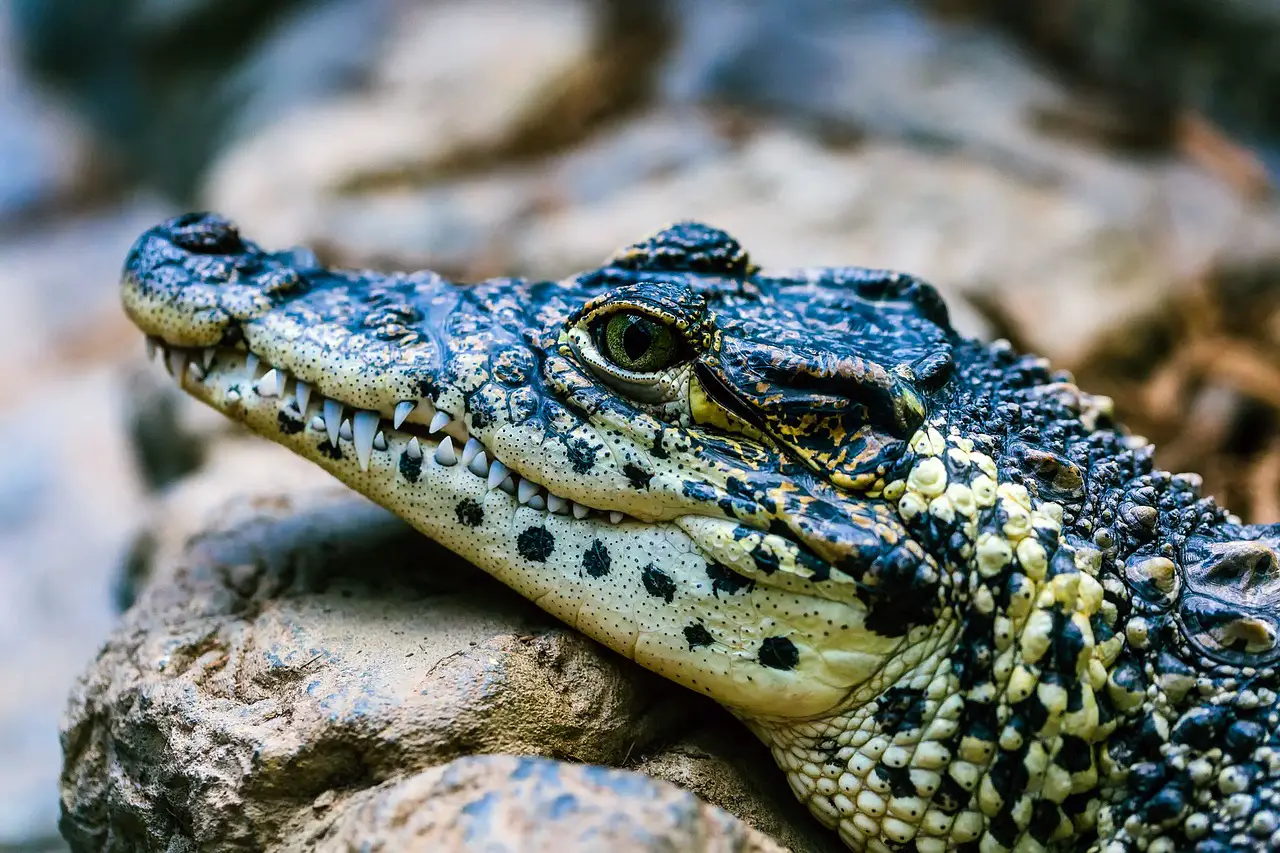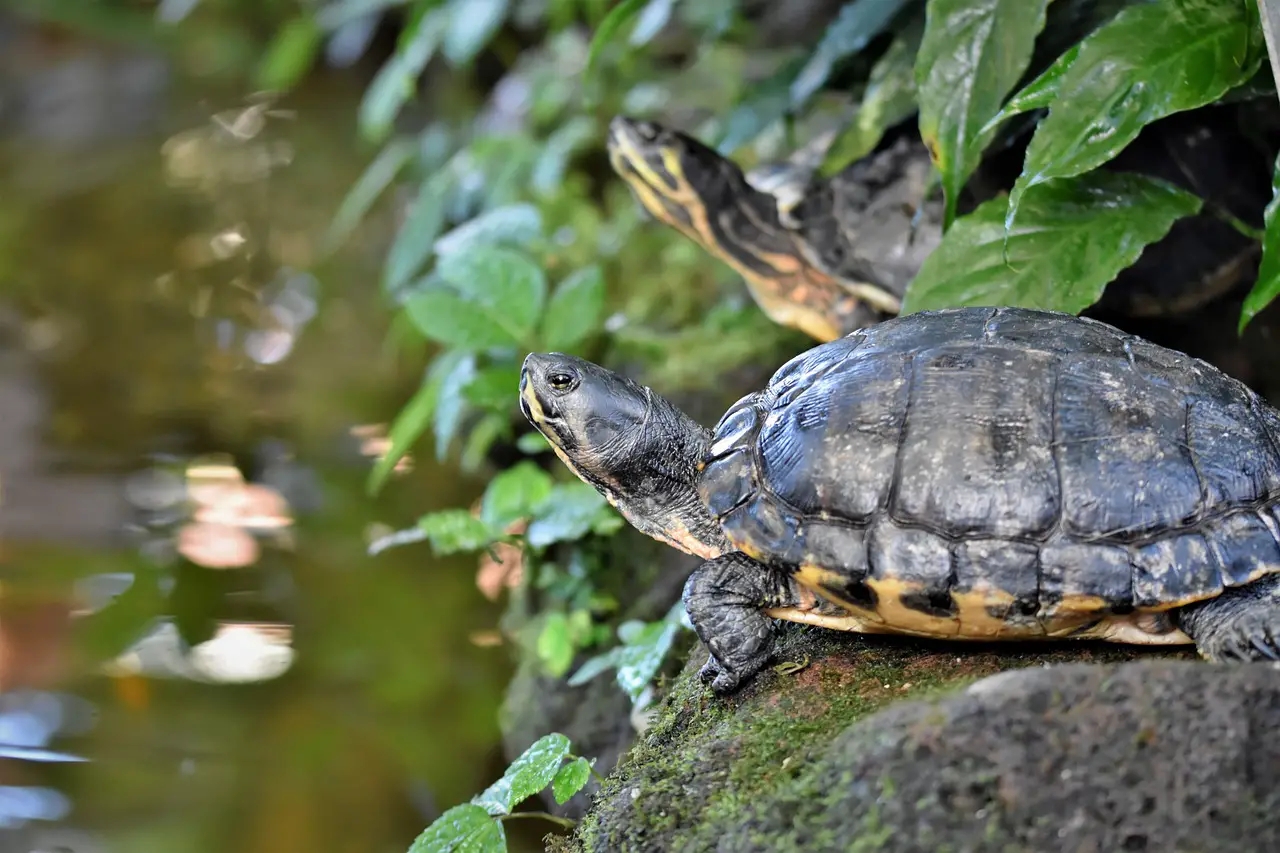Reptiles, with their scaly skin and often misunderstood reputation, are a fascinating and diverse group of animals that play crucial roles in ecosystems around the world. These cold-blooded creatures, including snakes, lizards, turtles, and crocodilians, are often overshadowed by more charismatic species like mammals and birds. What is The Importance of Reptiles in Ecosystems.?
However, reptiles are essential components of ecosystems, and their ecological significance cannot be understated. In this blog, we will explore the vital roles that reptiles play in maintaining the balance and health of ecosystems.
You may also want to know how fast alligators run.
Biodiversity and Food Webs
One of the primary contributions of reptiles to ecosystems is their role in shaping biodiversity and food webs. As both predators and prey, reptiles occupy various niches within ecosystems, helping to regulate the populations of other species. Here’s how they do it:

Predation
Many reptiles are top predators in their ecosystems. Snakes, for example, are adept hunters that help control populations of rodents, birds, and other small mammals. This predation helps maintain a balance in prey species and prevents overgrazing or overpopulation of certain animals.
Prey Species
On the flip side, reptiles also serve as prey for a wide range of predators. Birds of prey, mammals, and even other reptiles feed on these creatures. This predation pressure helps regulate reptile populations and prevents population explosions.
Scavengers
Some reptiles, like vultures, play essential roles as scavengers. They help clean up ecosystems by consuming carrion, thereby preventing the spread of diseases and recycling nutrients back into the environment.
The Importance of Reptiles in Ecosystems.: Seed Dispersal
Reptiles, especially turtles and some lizard species, inadvertently contribute to seed dispersal in their ecosystems. They consume fruits and vegetation and then disperse seeds through their feces. This action helps plants colonize new areas and contributes to the regeneration and diversity of plant species.
Nutrient Cycling
Reptiles play a critical role in nutrient cycling within ecosystems. Their excrement contains valuable nutrients that enrich the soil. In some ecosystems, like coastal areas, where sea turtles nest and leave behind nutrient-rich eggshells, the impact on nutrient cycling can be particularly significant.
Indicator Species
Reptiles often serve as indicator species, providing valuable insights into the health of ecosystems. Changes in reptile populations can signal environmental disturbances, such as habitat loss, pollution, or climate change. By monitoring reptile populations, scientists can gain a better understanding of the overall health and stability of an ecosystem.

Ecosystem Engineers
Certain reptile species are ecosystem engineers, meaning they physically alter their environment in ways that benefit other species. For example, gopher tortoises dig burrows that provide shelter for a variety of animals, including mammals, insects, and other reptiles. These burrows also help with soil aeration and water infiltration.
Control of Insect Populations
Insect control is another essential role played by reptiles in ecosystems. Many lizard species are insectivores and help keep insect populations in check. This control can have a cascading effect on plant health since excessive insect herbivory can harm vegetation.
Keystone Species
Some reptiles act as keystone species, meaning they have a disproportionately large impact on their ecosystem compared to their abundance. For example, the American alligator in the southeastern United States creates and maintains wetland habitats through its nest-building activities. These wetlands support a wide range of plant and animal species, making the alligator a keystone species in these environments.
Ecological Resilience
Reptiles can contribute to the resilience of ecosystems by increasing their adaptability to changing environmental conditions. Since reptiles have a wide range of temperature tolerances, they can thrive in different climates and adapt to temperature fluctuations more effectively than some other animals. This adaptability can be crucial in the face of climate change.
Conservation Implications
Understanding the importance of reptiles in ecosystems has significant conservation implications. When we recognize their ecological roles, we realize that the conservation of reptiles is not just about preserving individual species; it’s about protecting the integrity and health of entire ecosystems.
Conservation efforts should focus on preserving reptile habitats, reducing habitat destruction and fragmentation, and combating illegal trade and poaching. Protecting reptiles can have a positive ripple effect on other species within the same ecosystems.
Conclusion
Reptiles, often overshadowed by more charismatic creatures, are ecological linchpins in ecosystems across the globe. They serve as both predators and prey, contribute to biodiversity, regulate populations, aid in nutrient cycling, and even act as engineers, shaping their habitats. Understanding the importance of reptiles in ecosystems is critical for holistic conservation efforts that safeguard the health and balance of our natural world.
As we face unprecedented challenges like habitat loss and climate change, recognizing the vital roles that reptiles play in ecosystems becomes even more crucial. By taking action to protect these cold-blooded creatures and their habitats, we not only ensure the survival of individual species but also help maintain the intricate web of life that sustains us all. Reptiles are not just fascinating and diverse; they are the unsung heroes of our ecosystems, silently working to keep the world in balance.
